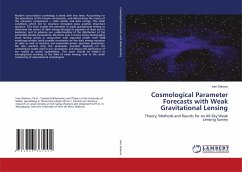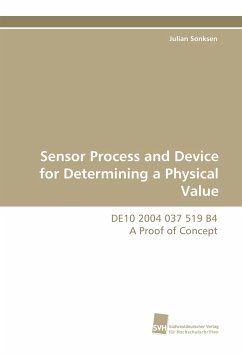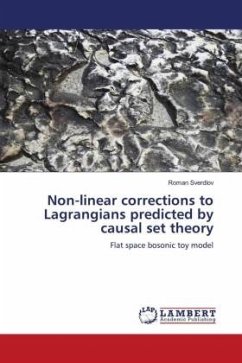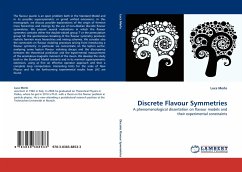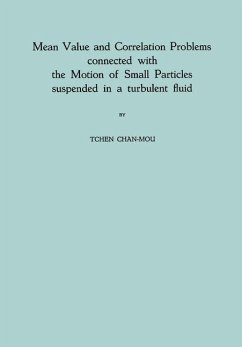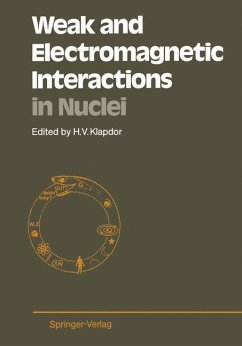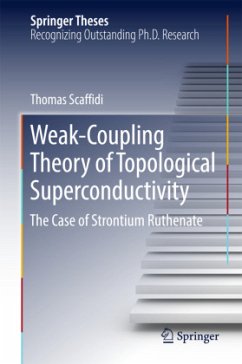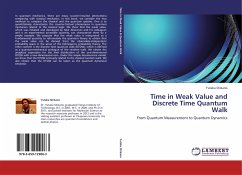
Time in Weak Value and Discrete Time Quantum Walk
From Quantum Measurement to Quantum Dynamics
Versandkostenfrei!
Versandfertig in 6-10 Tagen
32,99 €
inkl. MwSt.

PAYBACK Punkte
16 °P sammeln!
In quantum mechanics, there are many counter-intuitive phenomena comparing with classical mechanics. In this book, we consider the two methods to compare the classical and the quantum systems. One is to quantitatively characterize the counter-factual phenomena in quantum mechanics related to the classical logic. We show that the weak value, which was initiated and developed by Yakir Aharonov and his colleagues and is an experimental accessible quantity, can characterize them by a simple example. We propose that the weak value is interpreted as a fundamental quantity to reformulate the quantum ...
In quantum mechanics, there are many counter-intuitive phenomena comparing with classical mechanics. In this book, we consider the two methods to compare the classical and the quantum systems. One is to quantitatively characterize the counter-factual phenomena in quantum mechanics related to the classical logic. We show that the weak value, which was initiated and developed by Yakir Aharonov and his colleagues and is an experimental accessible quantity, can characterize them by a simple example. We propose that the weak value is interpreted as a fundamental quantity to reformulate the quantum theory to obtain that the weak value can be derived from the observable-independent probability space in the sense of the Kolmogorov probability theory. The other content is the discrete time quantum walk (DTQW), which is defined as a quantum-mechanical analogue of the random walk. We obtain the analytical expression for the limit distribution of the one-dimensional DTQW with a two-dimensional coin. Under the simple decoherence model, we show that the DTQW is linearly related to the classical random walk. We also obtain that the DTQW can be taken as the quantum dynamical simulator.






